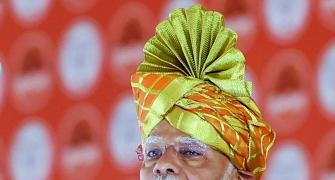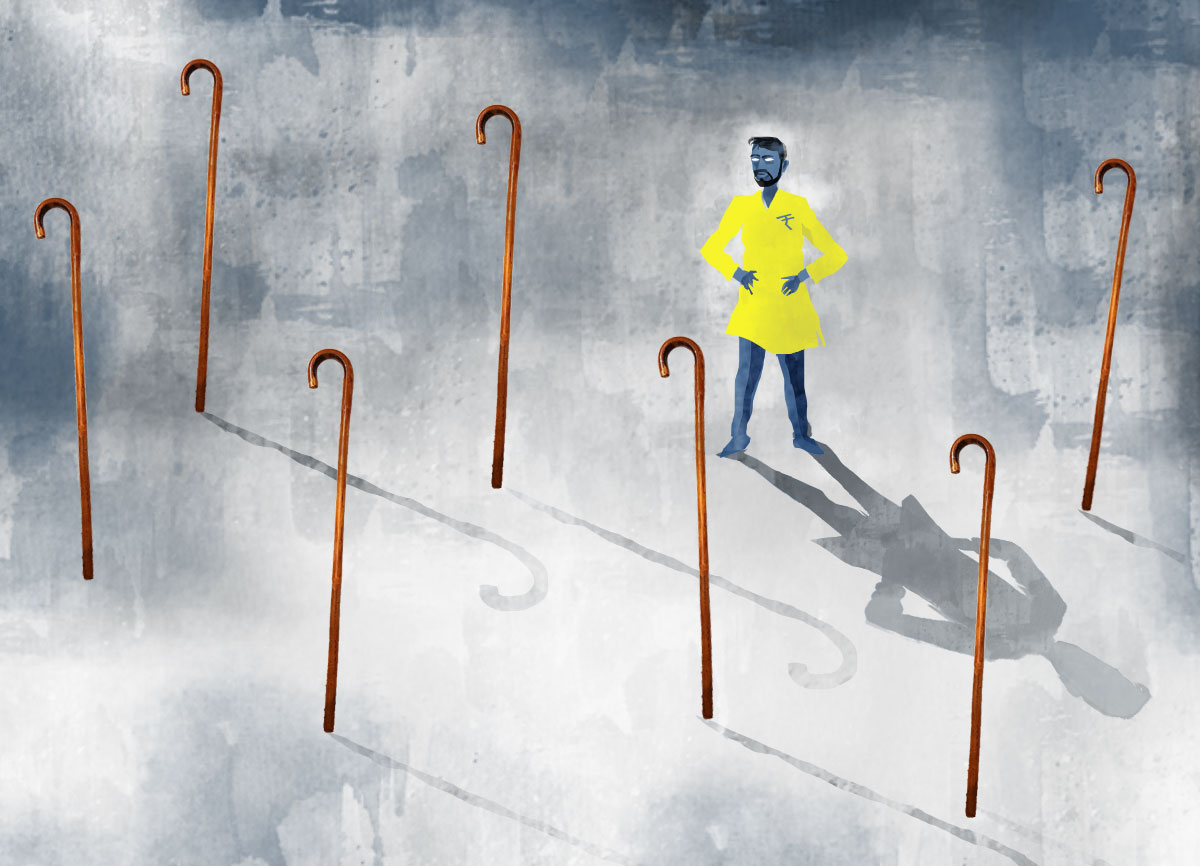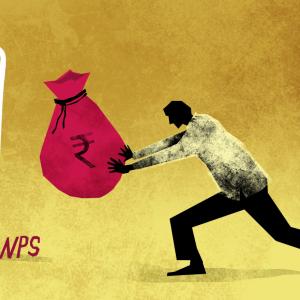When the subscriber reaches superannuation or the age of 60, 60 per cent of the total corpus accumulated in NPS can be withdrawn as a lump sum.

Through a circular dated October 27, 2023, the Pension Fund Regulatory and Development Authority (PFRDA), the regulator for the National Pension System (NPS), has proposed to provide the systematic lump-sum withdrawal (SLW) facility to subscribers.
What is SLW?
When the subscriber reaches superannuation or the age of 60, 60 per cent of the total corpus accumulated in NPS can be withdrawn as a lump sum. This portion is tax-free.
The balance 40 per cent must be used to purchase one or more annuities.
Until now, subscribers could withdraw the lump-sum portion in a single tranche, or they could defer withdrawal. If they did so, they were allowed one withdrawal each year.
Now, PFRDA has proposed to provide the option of phased withdrawal from the lump-sum portion through the systematic lump-sum withdrawal (SLW) facility.
Withdrawals will be allowed monthly, quarterly, half-yearly or annually till age 75.
Sync cash flows with needs
The SLW facility will provide NPS subscribers with greater flexibility.
Says Rajesh Khandagale, senior vice president-NPS, KFin Technologies: "Individuals will now be able to align their withdrawals with their financial needs during retirement."
Withdrawals are expected to become more convenient.
According to Deepesh Raghaw, a Sebi registered investment advisor, "Earlier, subscribers could withdraw the lump-sum portion in up to 10 annual instalments between the age of 60 and 75.
"They had to apply each time. Now, they can just set up instructions for payouts at their desired frequency."
Khandagale is of the view that having another regular and predictable source of income will enhance retirees' financial security.
This is a positive development for investors who need greater liquidity (than annual withdrawal) but don't want the trouble of withdrawing the lump-sum corpus and reinvesting it in a more liquid instrument.
Says Vishal Dhawan, founder and chief executive officer, Plan Ahead Wealth Advisers: "Now they can allow the corpus to lie with NPS and choose their preferred withdrawal frequency.
"Since NPS is a cost-effective, government-backed instrument, they won't go wrong by staying invested."
Adds Abhishek Kumar, Sebi RIA and founder, SahajMoney: "NPS subscribers who would like to have higher cash flows during initial 15 years of retirement without actively managing the corpus can use SLW."
Retirees who are flush with funds are prone to mis-selling. Kumar says that this provision will help avoid such situations.

Risk of excess withdrawal
Many investors may already have cash flows from other sources, such as pension, rentals, interest, etc.
Says Dhawan: "Some investors could end up withdrawing more than they need. They may then either overspend the money or reinvest it in another, less efficient instrument than NPS."
Cash flows from an annuity are different from cash flows from the SLW facility (see box).
Investors who don't understand the difference may not make the most optimal decisions vis-à-vis withdrawal using the SLW facility.
Set up emergency corpus
Subscribers must first assess their cash flow needs.
"They should establish how much they will need each month, how much they already have from other sources, and then decide how much to withdraw using the SLW facility," says Dhawan.
Once SLW is set up, investors will not have access to the lump-sum portion for unplanned needs (except perhaps by cancelling the SLW).
"They must have a separate emergency fund for such situations," says Kumar.
Reduce the equity allocation in NPS after retirement.
"When withdrawals are made from a portfolio during an equity market downturn, it gets depleted faster. Investors going for the SLW option should revisit their asset allocation," says Raghaw.
Finally, some experts are of the view that SLW payouts would be tax-free (since it would come from the 60 per cent portion of the corpus that can be withdrawn tax-free).
Others hold a different point of view.
"The 60 per cent lump-sum amount is tax exempt if it is withdrawn at the age of 60 or at superannuation. If you leave the money invested, it could grow.
"One will have to see how the tax department decides to treat the growth portion of the corpus."
Disclaimer: This article is meant for information purposes only. This article and information do not constitute a distribution, an endorsement, an investment advice, an offer to buy or sell or the solicitation of an offer to buy or sell any securities/schemes or any other financial products/investment products mentioned in this article to influence the opinion or behaviour of the investors/recipients.
Any use of the information/any investment and investment related decisions of the investors/recipients are at their sole discretion and risk. Any advice herein is made on a general basis and does not take into account the specific investment objectives of the specific person or group of persons. Opinions expressed herein are subject to change without notice.
Feature Presentation: Ashish Narsale/Rediff.com










